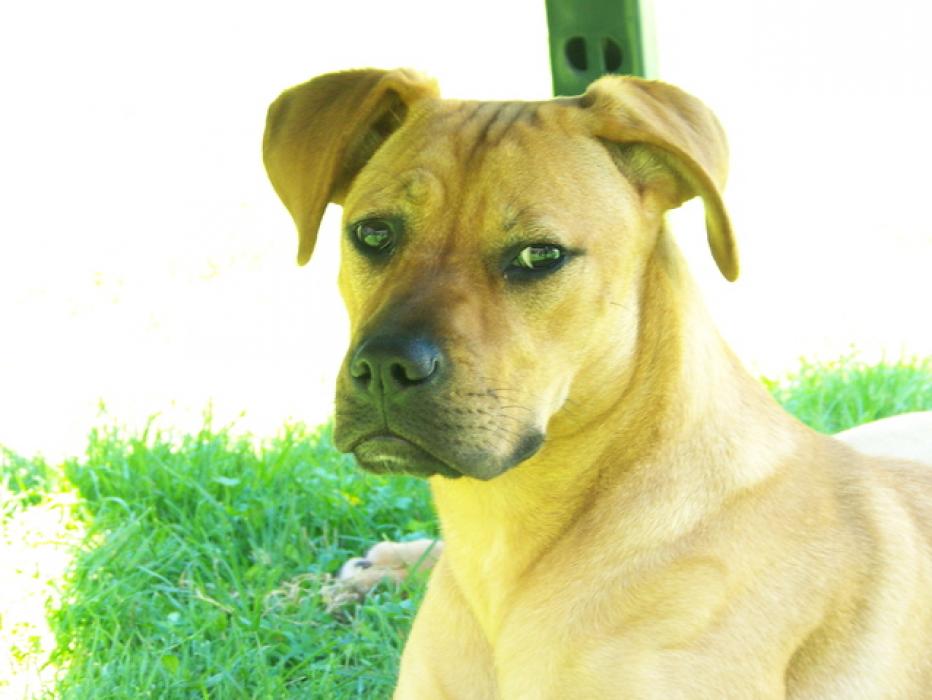

Common household objects are prime targets. No such thing as a border-proof toy exists. Border greetings are quite profuse.Ĭhewing is something that all puppies do, but many borders don't outgrow the chewing stage. Being terriers, they are also active and noisy when someone comes to the door and must be the first to meet the visitors.

You can clip the coat, but clipping is not done by many owners.īorders are active dogs that love and need regular exercise in fairly large quantities. If you choose to go with the natural look and not strip the coat, it will have a bit more odor than a stripped coat. The border is usually hand stripped twice a year. A border will shed minimally, but his coat will not shed out completely without help. Too many baths tend to soften the harsh coat that is a natural dirt repellant, and they do not normally have strong odor. They do not require frequent bathing, and toweling off your dog is enough when he is wet and dirty. Living With:īorders are not a high-maintenance breed. A border was bred to think for himself, which can be both his most endearing and most frustrating quality. Since they were trained to follow fox to the ground, you can expect a border to be a determined digger. Although not constantly demanding your attention, they do want to be with you.īorders are not big barkers, but will let you know when someone is at the door. If you are looking for just a part-time dog or one to put in the kennel, the border is not for you. Naturally bred to run peacefully with foxhounds, they were bred for a less dog-aggressive temperament than terriers who hunted primarily on their own.Īlthough the standard says that "in the field he is hard as nails, game as they come and driving in attack," it also describes the border as "affectionate, obedient, and easily trained." Borders can work and live peacefully with other dogs.

The Border terrier is atypical of the other terrier breeds. A dark muzzle is characteristic and desirable. A small amount of white may be allowed on the chest. Border terriers are strongly put together, suggesting endurance and agility.Ĭolors include red, grizzle and tan, blue and tan, or wheaten. Males are 13 to 15 1/2 pounds (six to seven kilograms), and females are 11 1/2 to 14 pounds (five to six kilograms). His expression and body posture give an alert, fearless and determined look that typifies the breed. He is characterized by an otter head, and his skull is moderately broad and flat with plenty of width between the eyes and ears. Randomized controlled clinical trials are needed to further support the finding of a potential protective role of diet in CAD development.His body is covered in a close-fitting, wiry and weatherproof coat. The population attributable fraction for not feeding home-made diets to the lactating bitch was estimated as 0.4 (95% CI: 0.04-0.63). The main finding was that feeding a diet including noncommercial products to the bitch during lactation had a protective effect on the development of CAD in her offspring the odds of developing CAD were twice as high among offspring from bitches that were not exposed to home-made/noncommercial diets. No effect of gender, season of birth, environment, vaccination or de-worming practices on the odds of developing CAD was detected. The final model included a random error term for 'examining veterinarian', as dogs from the same practice were not considered independent. A logistic regression model was developed to evaluate their relative importance in 58 cases from 12 practices in Sweden and 61 unaffected controls, matched to cases by breed and year of birth. Environmental and dietary risk factors for the development of canine atopic dermatitis (CAD) in the high-risk breeds of boxer, bullterrier and West Highland white terrier were assessed in a case-control study.


 0 kommentar(er)
0 kommentar(er)
